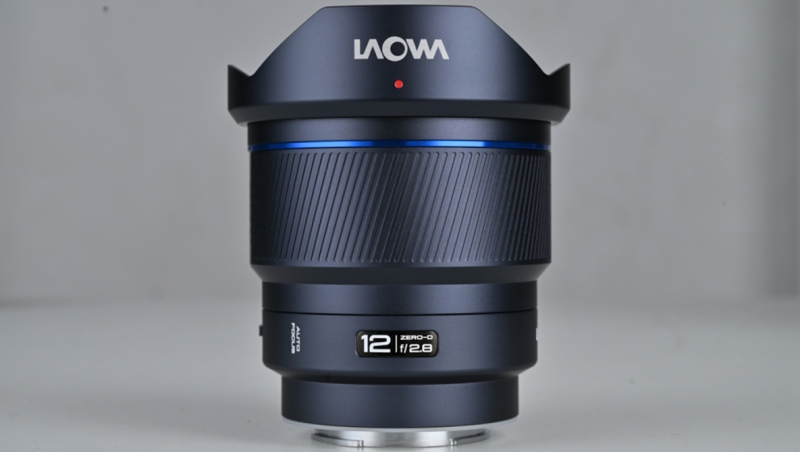Contents
This week, I got to try out a brand new lens from Laowa, the 12mm f/2.8 Lite Zero-D FF. A lot of the perks in the lens are right there in the title, but let’s have a closer look to see if it might be right for you.
First off, let’s get through the basic specs. The 12mm f/2.8 Lite Zero-D FF is a full frame lens. At launch, it will be available for the Nikon Z mount (which was the version I tested) and the Sony E mount, with plans for additional mounts coming soon. At 12mm, the lens qualifies as a fisheye, but the Zero-D part of the name reflects the company’s goal to make a lens that gives you extreme width but with limited distortion. I’ll share my thoughts on that momentarily. But 12mm gives you a 122-degree field of view on a full frame body. The closest focusing distance is 14mm, and the maximum magnification is 0.021x. The filter thread size is 72mm, and the lens weighs a paltry 377 grams. Add to all that the top-line feature that this lens also offers autofocus, and it seemed worth looking into.
Of course, deciding how to best test this lens—or any lens, for that matter—is half the battle. I try to use products in the way they are likely to be used by end users, and many of the clear benefits of this lens, in my humble opinion, go to content creators and gimbal enthusiasts who want to travel light while still capturing dynamic imagery. Let’s dig into what I mean.
First thing to know is that this lens is extremely compact and extremely light. I attached it first to a Nikon Z6III and quickly found the package instantly portable and easy to carry. If, for instance, you are a landscape shooter and want to pack light when scaling the mountain to reach the optimal location, this could be a big plus for you. But that size also is what motivated me to break out my gimbal to see if the autofocus could keep up. It did. The compact package of the Z6III and the 12mm Zero-D balanced easily. Even for me, a man who has probably bought more gimbals over the years than has put any of them to actual use due to my hatred for the gimbal balancing process. But I took the unit with me to the park and played the part of run-and-gun shooter with it mounted to my Ronin, and that combination made again for a light and portable setup for that type of shooter. That is only enhanced by the wide 12mm lens. With the 122-degree field of view and the power of autofocus, this is the type of setup you can mount to a gimbal and essentially let it capture the full width of a scene, even in a tight space.
That would, of course, be the next point I’d like to make. The width of 12mm makes this a very useful lens for tight interiors. While I love my home of the last 22 years, I’ll admit that the rooms in my house are a bit, shall we say, “tight.” To the point where I very rarely bother shooting anything at home due to my inability to back up far enough to get anything beyond a medium shot with most lenses. But even in my house, the 12mm was enough to make my small rooms look downright cavernous.
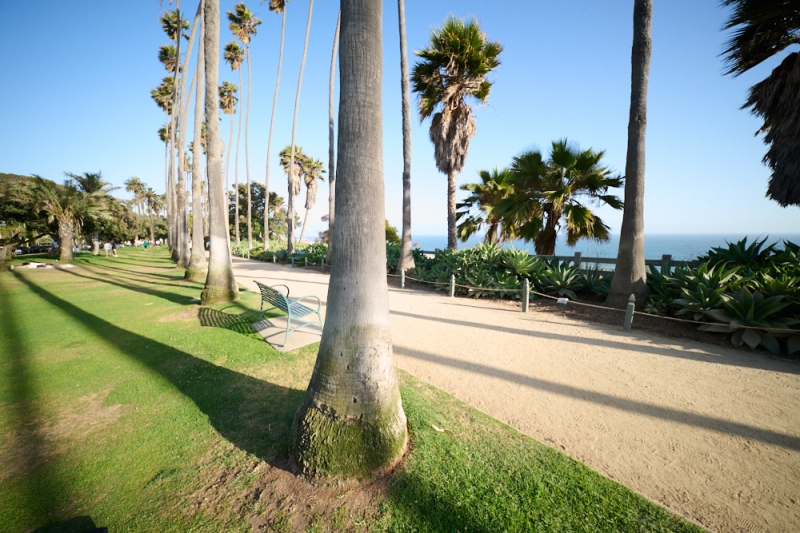
Now, of course, the added width of the lens does come with some bowing at the edges (easily correctable in post). But for 12mm, the distortion of this lens is tremendously well contained. But it is still 12mm. So I don’t know that this is the lens you would want to use if you were planning a series of tight close-ups of your beautiful leading lady or handsome leading man. Well, maybe you would if you were going full Terry Gilliam. But for my taste, I found mostly medium shots and wider to be where I’d want to live with this lens when shooting a person. That said, keeping your subject closer to the center of the frame reduces many signs of distortion if that option is available.
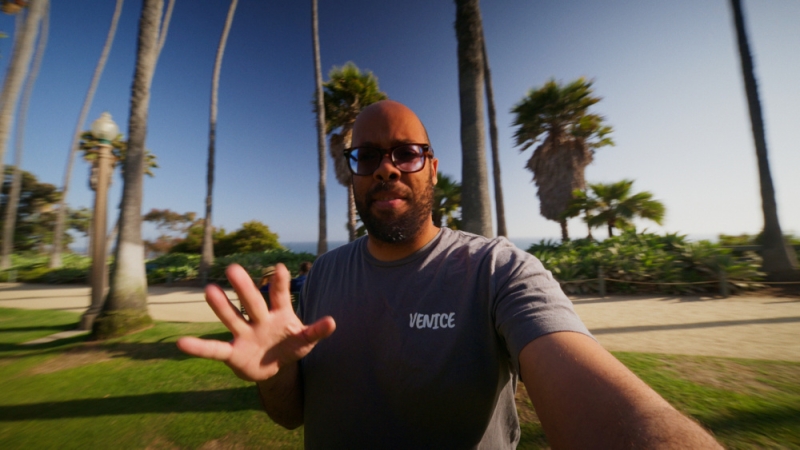
Full frame. Arm’s length.
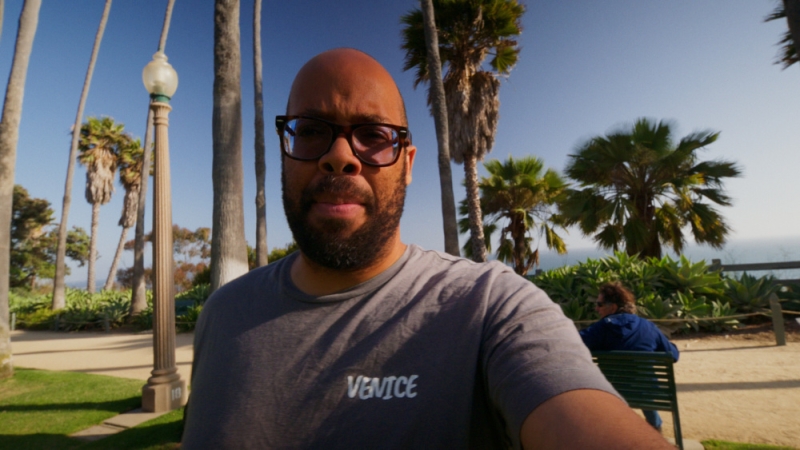
Crop mode. Arm’s length.
Speaking of center framing, because of the size and weight of this lens, my next thought was that a content creator who might want to both capture the width of a full scene but also turn the camera around on themselves may also like a lens like this. We already discussed the smaller payload at 377 grams and the autofocus feature. I tried a few walk-and-talk, direct-address style passes with the lens and found, at arm’s length, the distortion wasn’t too bad for shooting vlog-style content.
One option that full frame shooters have is the ability to shoot in crop mode as well. On my full frame Z9, I can shoot in crop mode, which essentially makes 12mm around an 18mm equivalent. This quick in-camera change is probably something I would use a lot with this lens when the full width of the 12mm isn’t required.
This is also important, as I found, as you might expect, that the lens is much sharper in the center than toward the edges. I set up my usual decidedly non-scientific brick wall test to see what texture the lens was able to resolve. I noticed a tiny bit of vignetting at the edges when mounted to my Z9, as well as a little curvature at the very corners. But again, as this lens is a fisheye that comes in at $699, some of that is par for the course. The vignette seems to gradually decrease as you stop down the lens.

Shot at f/8. Full frame.
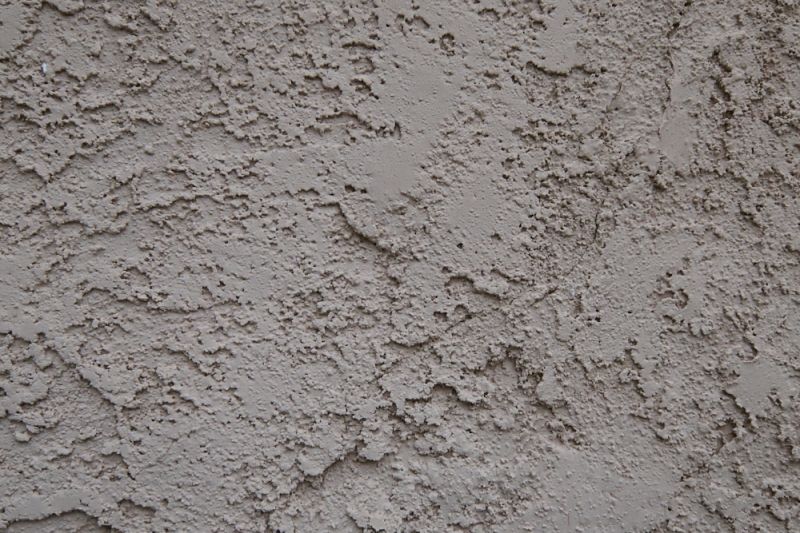
Center crop.
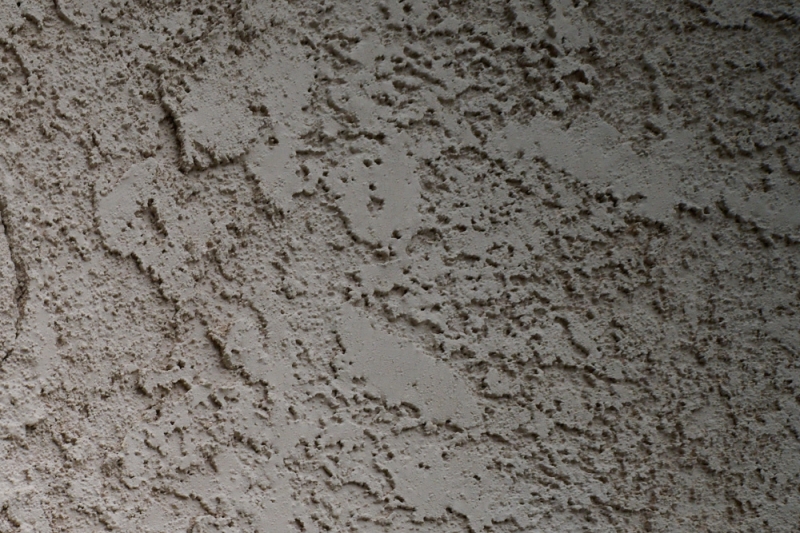
Top right corner crop.
With a minimum focusing distance of 14mm and f/2.8, it’s pretty easy to get shallow depth of field when you want it. But shooting this lens at a deeper stop does really allow you to take in the full scene, and 12mm, in general, is a lens you’re probably going to use when you want more depth of field rather than less. Focus breathing was present, but reasonable. Here are a couple shots near and far so you can see the amount of shifting at the edges.
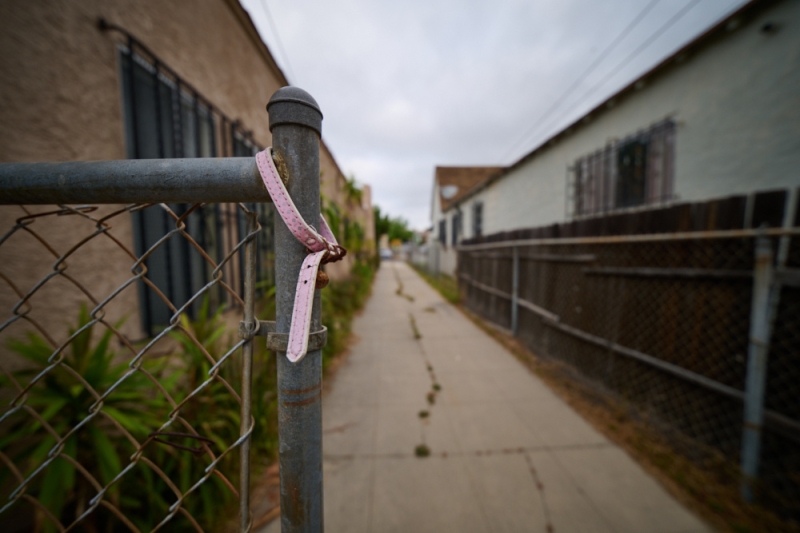
Near focus.
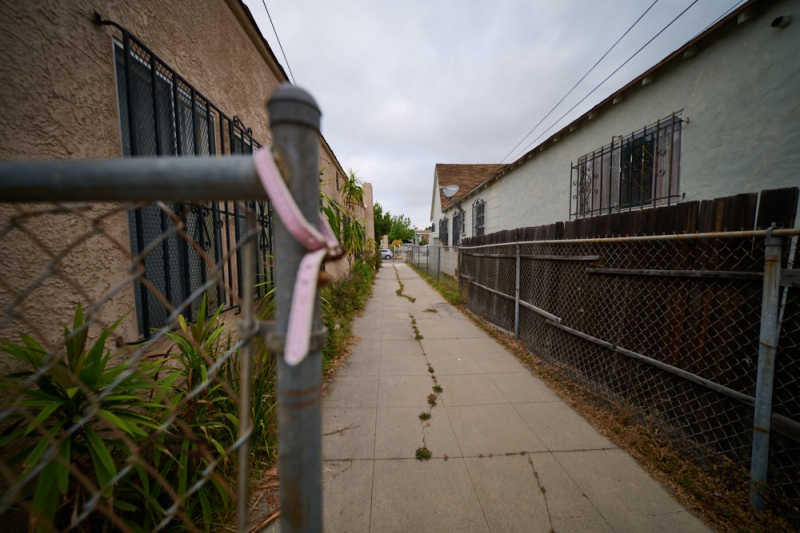
Far focus for checking focus breathing between ranges.
Speaking of focus, I’m sure you have the same question I did: Does it actually work? I’ll admit, I am always skeptical of third-party lenses versus having a camera and lens made by the same manufacturer, but the AF held up well during testing. I didn’t do a side-by-side speed test against native Nikon glass. But I did do a number of tests to see how well the Laowa lens would track a subject in similar modes such as AF-F that I might use with other native lenses in similar situations. I think, when it comes to autofocus with a fisheye lens, you are often likely going to be granted a bit of leeway due to the likely wide depth of field as well. Even shooting at a lower f-stop, it didn’t have any trouble getting a high hit rate doing high-speed bursts while moving the camera.
I did find the pentagonal flares to be interesting. I noticed this in some strongly backlit shots and then sought to recreate it later with an interior light source. This is a result of the 5-aperture-blade construction and gives a unique look to the footage.
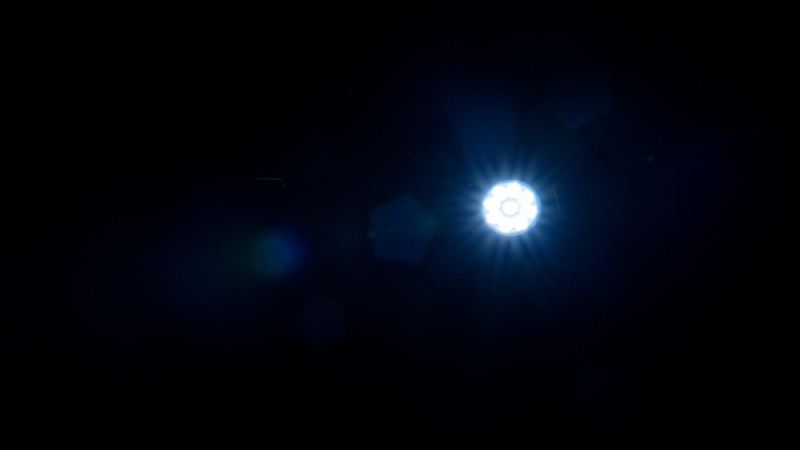
Flashlight pointed into the lens.
Pros
-
Small size
-
Affordable
-
Autofocus
-
Lightweight
-
Controlled for distortion
-
Wide field of view
-
Versatile
Cons
-
Some vignetting in corners
-
Sharper in center than edges
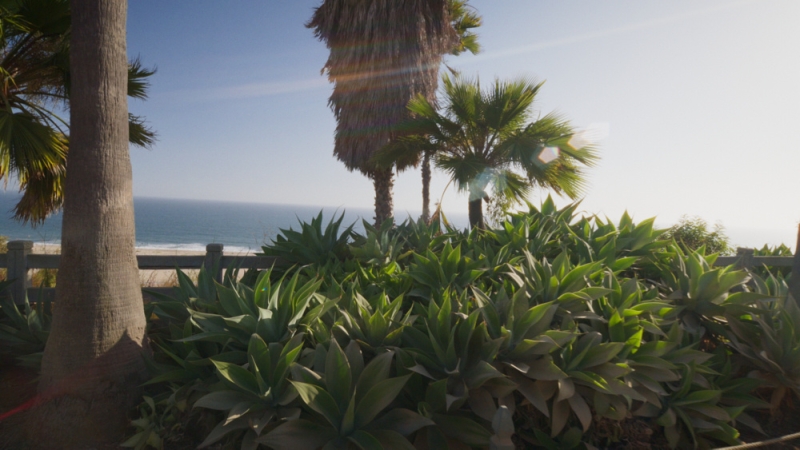
Conclusion
So, is this a lens you should add to your kit? That would depend on what and how you shoot. But I will say that the word that entered my mind the most while testing the lens was “fun.” Because it’s so light and so wide, it inspires you to get close to the action and explore. As I said, it made me bust out the gimbal for the first time in forever simply because the width of the lens paired with autofocus provides a sense of freedom. I loved the way the light lens balanced on the Z6III, and I imagine it would be a good fit for any similarly sized body. Compared to other options in the price range, the lens provides plenty of quality. Even in a kit that contains a variety of higher-cost lenses, I can see this being a product that you may want to have around to use when specific tasks arise—for instance, shooting in tight spaces, gimbal work, and when needing to capture a lot without carrying a lot of weight.
But what do you think? Is the 12mm f/2.8 Lite Zero-D FF the kind of lens you’d like to have in your kit?
